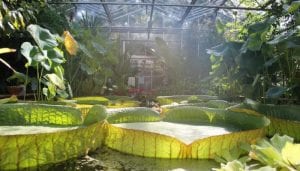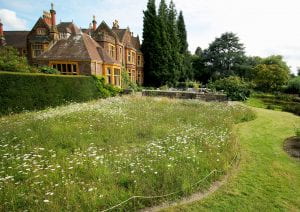By Andy Winfield

When I’m out and about outside work, and people ask what I do, and I tell them I work in a Botanic Garden, the most common next question is, what IS a Botanic Garden? I answer my stock response, a museum with living exhibits, but this reply just scratches the surface of what a Botanic Garden really is in the 21st century.
The more accurate answer to this question is that a Botanic Garden is many things, we are at our core a living museum, a curated collection of significant species; but surrounding this core are layers that create a life and vibrancy, each as important as each other. (more…)



